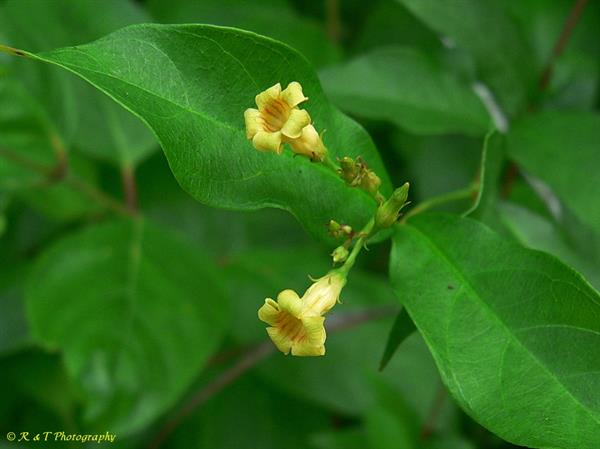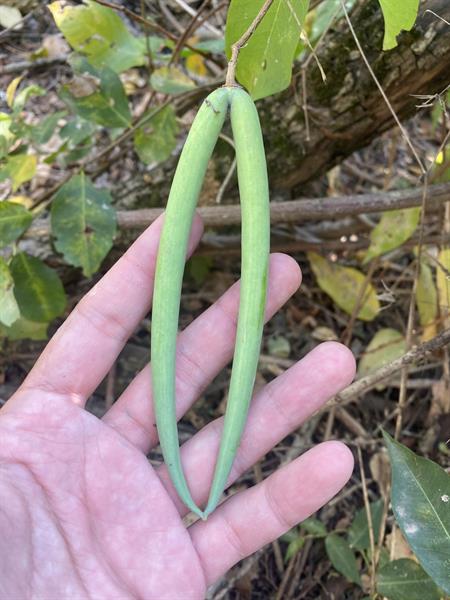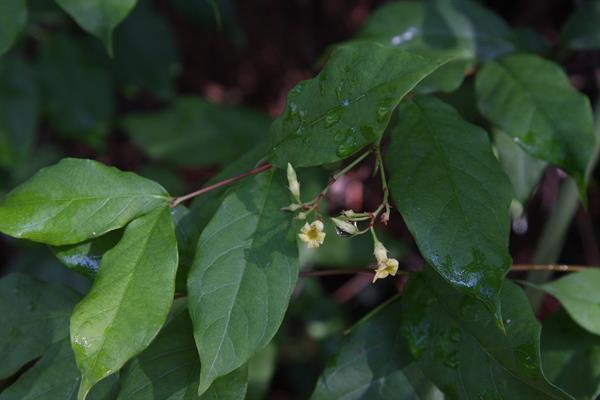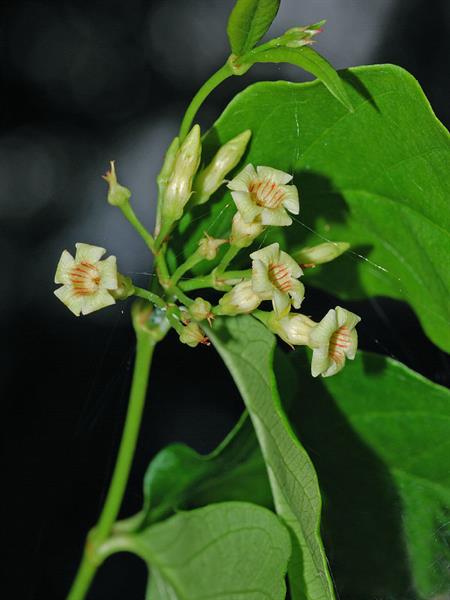
As here circumscribed including the Asclepiadaceae, a family of about 440-480 genera and about 4800-5350 species, lianas, shrubs, perennial herbs, and trees, widespread in tropical and temperate areas (Endress et al. 2018). There appears to be overwhelming evidence favoring the combination of the Asclepiadaceae into the Apocynaceae; see, for instance, Rosatti (1989), Sennblad & Bremer (1996), and many others.
Ref: Endress et al. (2018) In Kadereit & Bittrich (2018); Endress, Liede-Schumann, & Meve (2014); Fishbein, Lemke, & Krings (2023) In Flora of North America Editorial Committee (2023c); Liede (1997a); Rosatti (1989); Sennblad & Bremer (1996); Woodson (1938). Show full citations.
Hover over a shape, letter, icon, or arrow on the map for definition or see the legend. Data for arrows not developed for genera and families which may have species only occurring outside the flora area.
 © Keith Bradley | Asclepias | Original Image ⭷
© Keith Bradley | Asclepias | Original Image ⭷ © Richard & Teresa Ware | Thyrsanthella difformis CC-BY-NC, permission granted to NCBG | Original Image ⭷
© Richard & Teresa Ware | Thyrsanthella difformis CC-BY-NC, permission granted to NCBG | Original Image ⭷ © Bruce A. Sorrie | Amsonia | Original Image ⭷
© Bruce A. Sorrie | Amsonia | Original Image ⭷ © Scott Ward | Asclepias connivens | Original Image ⭷
© Scott Ward | Asclepias connivens | Original Image ⭷ © Keith Bradley | Alstonia | Original Image ⭷
© Keith Bradley | Alstonia | Original Image ⭷ © Floyd A. Griffith | Original Image ⭷
© Floyd A. Griffith | Original Image ⭷ © Bruce Sorrie | Allamanda | Original Image ⭷
© Bruce Sorrie | Allamanda | Original Image ⭷ © Keith Bradley | Catharanthus | Original Image ⭷
© Keith Bradley | Catharanthus | Original Image ⭷ © Keith Bradley | Asclepias humistrata | Original Image ⭷
© Keith Bradley | Asclepias humistrata | Original Image ⭷ © Scott Ward | Chthamalia pubiflora | Original Image ⭷
© Scott Ward | Chthamalia pubiflora | Original Image ⭷ © Alan Weakley | Pattalias paluster source | Original Image ⭷
© Alan Weakley | Pattalias paluster source | Original Image ⭷ © Keith Bradley | Angadenia | Original Image ⭷
© Keith Bradley | Angadenia | Original Image ⭷ © Илья Руденко, some rights reserved (CC BY), uploaded by Илья Руденко | Periploca graeca source | Original Image ⭷
© Илья Руденко, some rights reserved (CC BY), uploaded by Илья Руденко | Periploca graeca source | Original Image ⭷ © Scott Ward | Vincetoxicum rossicum | Original Image ⭷
© Scott Ward | Vincetoxicum rossicum | Original Image ⭷ © Keith Bradley | Vinca | Original Image ⭷
© Keith Bradley | Vinca | Original Image ⭷ © Bruce A. Sorrie | Thyrsanthella difformis | Original Image ⭷
© Bruce A. Sorrie | Thyrsanthella difformis | Original Image ⭷ © Gary P. Fleming | Thyrsanthella difformis | Original Image ⭷
© Gary P. Fleming | Thyrsanthella difformis | Original Image ⭷ © Richard & Teresa Ware | Matelea | Original Image ⭷
© Richard & Teresa Ware | Matelea | Original Image ⭷Feedback
See something wrong or missing on about Apocynaceae? Let us know here: (Please include your name and email if at all complicated so we can clarify if needed.)
Cite as...